My panel debate on new technologies and the creatives’ immaginative possibilities as for the future, being published by “Juliet” paper edition, see peronalities representing various fields participating. In the third installment there will also be the contribution of Isabel Lewis – a polyhedric artist of international stature, originally from Santo Domingo but now living in Berlin – who expresses herself with maximum extension of body language, employing also multimedial devices and with the onlookers totally involved. All sustained by deep philosophical thoughts. I found it well timed to present a preview of the interview with Lewis, for the online readers. In it the artist reveals in advance the characteristics of the art project she will perform next June in the Messeplatz in Basel during the prestigious Art Basel:
Can the new technologies stimulate the imagination and encourage the artistic invention?
Technology has been and always will be a tool and that tool signals back to the body that created it and is created by it in a process that mediates the human exchange with the world. As Donna Haraway says in Simians, Cyborgs and Women, “Our bodies are the product of the tool-using adaptation that predates the genus Homo.”. The way I see it our relation with technology is an integrated part of who we are and who we will become and so artistic invention too seems part of this evolutionary process.
In your opinion, can the most sensitive and intuitive visual operators, who responsibly contribute to the building of the reality we live in, let us have glimpses of plausible future scenarios?
I like your evocation of sensitivity and intuition here as I think it suggests other kinds of vision beyond the mechanism of sight that we have unequivocally valued as the supreme faculty of knowledge acquisition in our current Western culture. You as well evoke a sense of accountability and responsibility held by producers of reality in the process of creation that for me extends beyond the space circumscribed by the modern notion of “art”. Reality is produced in many kinds of registers and in many overlapping spheres including that of the home, of economy, of science, of governance, of sociality. I sense an optimism in your question that I share and I believe these sites are ripe for change and that they can in time with effort and care be modified, renovated, infused with another kind of spirit or system of value and can thus resonate new meanings for us and reveal possible futures. I think the 21st century is about rehabilitating our integrated human sensorium with the potential through practice to even cultivate extrasensory faculties. There are precedents in pre-Enlightenment Europe of advanced qualitative understandings of the world before the unmitigated shift to the quantitative understandings of the scientific worldview that necessitated the disparagement of all other forms of knowing and that ripped us away from communion with our cosmos and all contained therein in the interest of distanced and disinterested “objectivity”. For me these qualitative and quantitative modalities are not mutually exclusive and future is about mixing them in order to expand our repertoire of ways of knowing and ways of caring that can extend to our relations with things beyond the categorical distinction of our species.
I remember your composite and evocative performance held in October 2014 in London, where you had realized, in the empty environment, a convivial garden staging, with your dynamic and vocal exhibition, plants, electronic equipments and furniture and onlookers. Do the new media continue to play an important role in your artistic activity?
Playing with and testing formats continues to be important to my practice. For me experimentation with format is key to opening new fields of possibility with alternative value systems that can tell the new stories that are needed to understand our current conditions and become more cognizant of our particular agency within them. I don’t mean to suggest that new stories can’t be told an existing format such as the exhibition but each format does circumscribe a particular ordering of the sensible and I have the feeling that if a story proposes an alternative ordering within a hegemonic ordering of the sensible it remains always and only reactionary thus inadvertently reifies that order rather than actually disrupting or altering it.
Do your performances want to create multimedial relational places? Do the technological media used have the function of enhancing your bodily actions with vocalizations associated with music and sounds, helping to stimulate spectators in more ways?
I think hybridity and kinship with the technological is the condition of our being and thus not something particularly remarkable however I do think we have the bad habit in our current culture of delineating stark boundaries onto conditions conceptualized as stable where gradients or degrees of difference in ongoing processes would be more appropriate. We tend to think dialectically about nature versus technology, the organic and the inorganic, life and nonlife, and so on and so forth. I feel I don’t so much as create multi-relational spaces with my performances since we are in multi-relational space all the time but I do work to generate conditions that draw out more salient awareness of those relations, more felt understandings rather than purely intellectual understandings of that condition of intradependence with the inhabitants of our ecosphere. To try to do this it’s important to me to compose the work in a way that addresses all of the senses, that calls upon the bodily engagement of the guests in subtle and sometimes not so subtle ways.
Are the technologies an integral part of your multi-sensory performative language, tending to establish a profound symbiosis between modernity of the artificial world and the vitality of the natural one?
Yes, technologies are an integral and integrated-not exceptional-part of my performative language. Symbiosis is an interesting concept, difference existing in close association, however I wouldn’t draw the line of difference where you do when you circumscribe the modern artificial world and the vital natural world since I don’t think nature exists outside of our constructed understanding of it. Nature as such is an artificial creation of modernity. I would draw the line of difference between the always only temporarily stable known and the constant unknowable that are indeed in profound symbiosis all the time.
Is the ultimate goal to stimulate freer human behaviors, intimately connected to the plants present on the scene?
Hmm, difficult to say… not sure I have a clear ultimate goal as it’s pretty tough for me to think in terms of producing a finite result with the very processual nature of my work, but stimulating a connection with other beings such as plants sounds good! And I guess I’m more concerned with more contingent, more affected human behaviors than “freer” behaviors per se.
Are you already thinking about the relational installation that you will realize at Messeplatz in Basel with Lara Almarcegui and Recetas Urbanas Architectural Studio of Santiago Cirugeda during the next edition of Art Basel? I suppose you will make extensive use of technological media to increase the interaction with the big audience.
Yes, my work on Messeplatz is very much in process right now. I am researching and getting to know the city of Basel and its citizens beyond what it becomes during the art fair which has been my primary relation to the place until recently. When I stand on Basel’s Messeplatz I have to ask myself who is the “public” addressed by this public space? It evokes in me questions of belonging and identification, alienation and disorientation and I imagine the soft flesh of bodies and the actions they produce while desiring, striving, meeting and making contact with one another against the urban landscape. I will certainly use amplified sound at times to create a sense of place, to in some way frame and provide a sense of enclosure that is still open and porous but also grounding and focusing for those within the area of the Messeplatz that are participating in the work. In a public space with so much transit and activity there are many different temporalities coinciding, so many time frames and temporal systems colliding in any single moment of now. This is very exciting for me! I am looking forward to introducing other specific kinds of activity onto the Messeplatz that add to this asynchrony and create yet other temporal modalities with the participation of the Baselers I am working with as well as the public that engages with the work.
April 9th, 2018
curated by Luciano Marucci
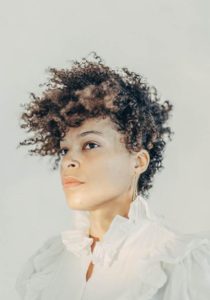 Isabel Lewis (courtesy the Artist; ph Jonas Holthaus)
Isabel Lewis (courtesy the Artist; ph Jonas Holthaus)
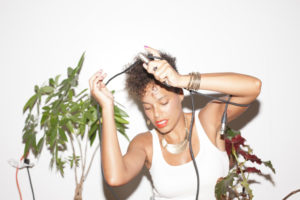 Isabel Lewis in performance “Wrap” (courtesy the Artist; ph Joanna Seitz)
Isabel Lewis in performance “Wrap” (courtesy the Artist; ph Joanna Seitz)
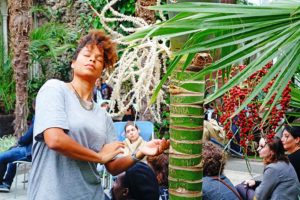 Isabel Lewis, “Strange Action”, 2010, performance with Josep Maynou at the Space in New York (courtesy the Artist; ph Arturo Martinez Steele)
Isabel Lewis, “Strange Action”, 2010, performance with Josep Maynou at the Space in New York (courtesy the Artist; ph Arturo Martinez Steele)
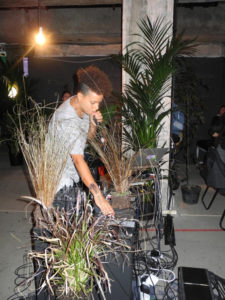 Isabel Lewis, performance, October 15th, 2014, Old Selfridges Hotel in London (collaboration ICA and Liverpool Biennial) for Frieze Art Fair (courtesy the Artist; ph L. Marucci)
Isabel Lewis, performance, October 15th, 2014, Old Selfridges Hotel in London (collaboration ICA and Liverpool Biennial) for Frieze Art Fair (courtesy the Artist; ph L. Marucci)
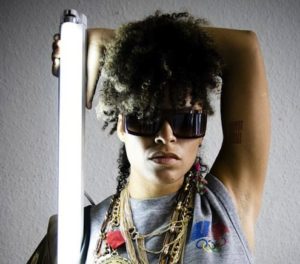 Isabel Lewis, “Occasion”, performance at Chart Art Fair 2016 in Copenhagen (courtesy the Artist)
Isabel Lewis, “Occasion”, performance at Chart Art Fair 2016 in Copenhagen (courtesy the Artist)
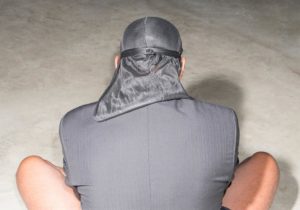 Isabel Lewis, “Occasion for Ten Days Six Night”, 2017, BMW Live exhibition, Tate Modern, London (courtesy the Artist; ph Alexander Coggin)
Isabel Lewis, “Occasion for Ten Days Six Night”, 2017, BMW Live exhibition, Tate Modern, London (courtesy the Artist; ph Alexander Coggin)
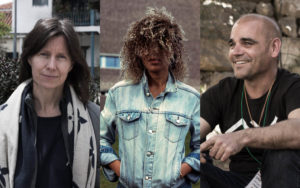 on the left: The artists Lara Almarcegui and Isabel Lewis with the architect Santiago Cirugeda who will implement the project (commissioned by Creative Time of New York) in Messeplatz of Basel during Art Basel 2018
on the left: The artists Lara Almarcegui and Isabel Lewis with the architect Santiago Cirugeda who will implement the project (commissioned by Creative Time of New York) in Messeplatz of Basel during Art Basel 2018
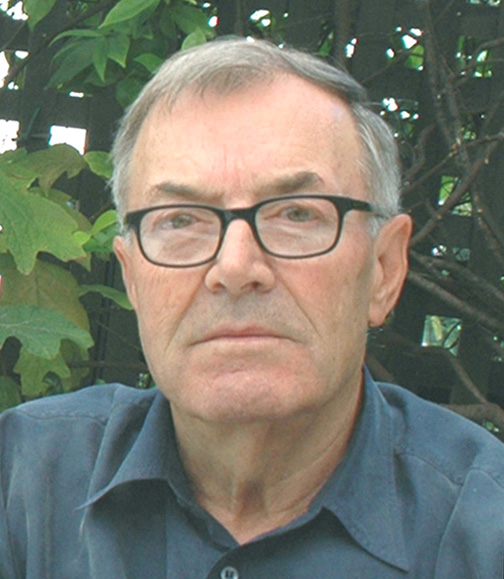
I’m Luciano Marucci, born by case in Arezzo and I look my age… After a period in which I dedicated myself to journalism, applied ecology, environmental education and traveling the world, I occasionally collaborated as an art critic with specialized magazines (“Flash Art”, “Arte & Critica”, “Segno”, “Hortus”, “Ali”) and with varied cultural periodicals. Since 1991 in “Juliet” art magazine (in print and edition) I have regularly been publishing extensive services on interdisciplinary topics (involving important personalities), reportages of international events, reviews of exhibitions. I have edited monographic studies on contemporary artists and book-interviews. As an independent curator I have curated individual and collective exhibitions in institutional and telematic spaces. I live in Ascoli Piceno.


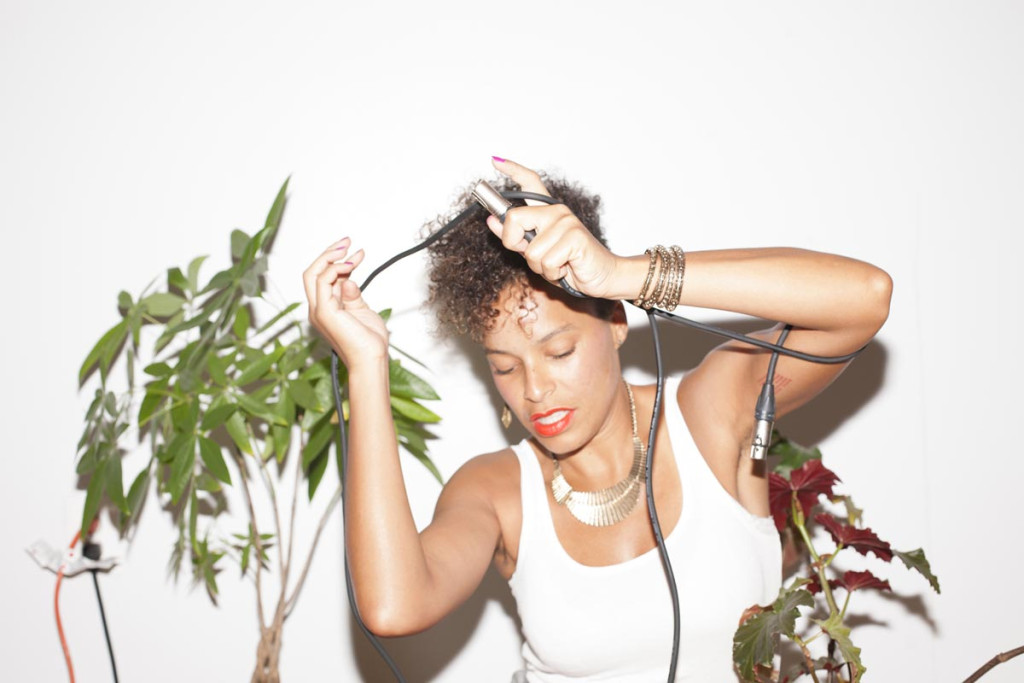




NO COMMENT